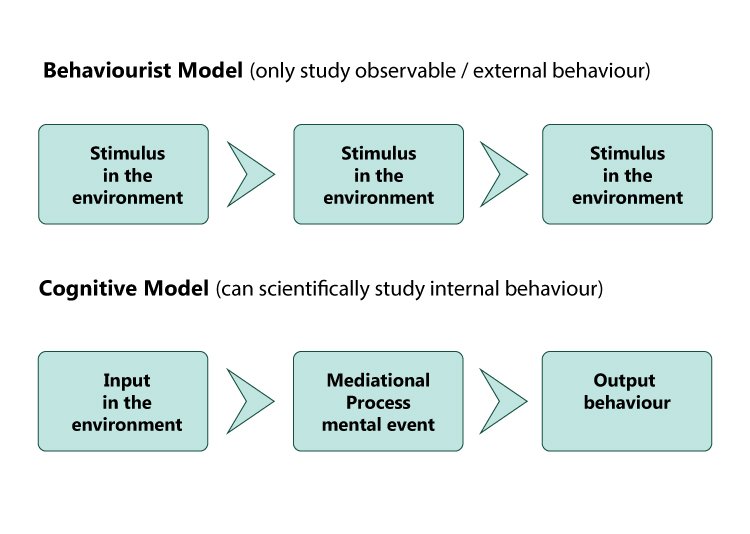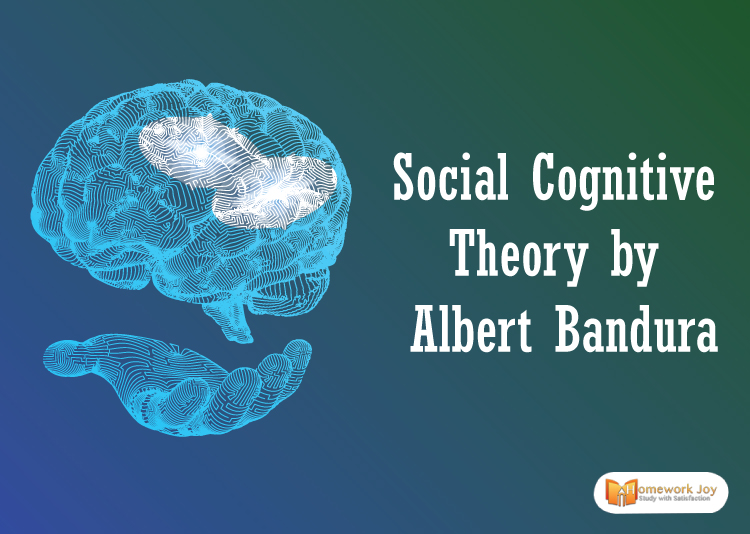Have you tried to learn behaviours or skills by observing others? Maybe you are learning from observing your friends, teachers, or supervisors. Thus that is human nature; we acquire new knowledge and skills from a variety of methods. So today, in this lesson, we’ll understand the concepts of social cognitive theory. This theory focuses on the learning that occurs within the social context.
So if you have to complete an assignment on the same topic, you can take help from this blog. Also, you can hire professionals for writing assignments by getting a psychology assignment help from us.
Now let’s move ahead to see what we’ll be our topics of the day.
- What is Social Cognitive Theory?
- Social Cognitive Theory by Albert Bandura
Also, read some of our latest posts:
A Guide on Charles Darwin’s Theory of Evolution in Biology
A Lesson on Corporate Social Responsibility in Business Studies
What is Social Cognitive Theory?
To understand this concept of social cognitive theory, first, understand this example:
Have you ever read a book about dancing moves before dancing at a party? Well, obviously not. We just look around for people who are already dancing and learn moves by observing them. So this type of learning is what we know as social cognitive theory.
Thus according to some experts, the social cognitive theory is defined as “a theoretical perspective in which learning by observing others is the focus of study.” This theory is also known as a social learning theory.
Four Assumptions in Social Cognitive Theory
Moreover, this theory depends on several basic assumptions. One of the basic assumptions is that people can learn by observing others. It means learners acquire new knowledge and behaviours by observing a model. By model, it means a person who demonstrates behaviour for others.
To elaborate on this, understand the following example:
Have you ever noticed how infants learn about things around them? Obviously, by observing their parents or other people. Thus the human mind develops in four cognitive stages, and social cognitive theory plays a crucial role in this development.
Another assumption is that behaviour eventually becomes self-regulated. For better understanding, let’s take our dancers’ example again. According to social cognitive theory, a dancer will improve his moves by comparing others’ moves with his own.
Last but not least assumption is that social cognitive theory deals with reinforcement and punishment. In simple words, if social cognitivists don’t meet the expected result, then reinforcement or punishment can be seen. Continuing the above-mentioned example, if the audience claps by seeing his dance, then he’ll take it as reinforcement. However, if the audience starts laughing on him, he might never participate in the dance at all.
Social Cognitive Theory by Albert Bandura
The social cognitive theory simply means that the environment one grows up in contributes to his behaviour. Albert Bandura, Canadian-American psychologists, advanced this theory in 1977. He added two important ideas in theory:
- People learn behaviour from the surrounding environment through observation.
- Mediating processes occur between stimuli and responses.
Observational Theory by Bandura
In this social cognitive theory, Bandura mentioned in the famous Bobo Doll Experiment, “Children observe people in various ways.” So these observed individuals are models. They can be anyone like parents, TV characters, friends etc. These models provide behaviours that children encode and then imitate. Thus children follow models in four ways mentioned below:
- Children imitate those who seem similar to them.
- It is more likely to imitate the behaviour of the same gender.
- People around the child respond to the behaviour with either reinforcement or punishment. If a child imitates something that is rewarding, he is most likely to continue it. Otherwise, he might not repeat the behaviour.
- A child learns by observing the consequences of others’ actions.
Mediational Processes in Social Cognitive Theory
As this theory focuses on the involvement of mental factors in learning, it acts as a bridge between traditional learning theory and cognitive approach. Bandura believes, “Humans are active information processors who think about the relationship between their behavior and consequences.”
In simple words, he meant children do not automatically observe the behaviour of a model and imitate it. There is some thought involved prior to the imitation. This process is what we call as mediational processes.

Thus there are four different types of mediational processes explained by Bhandara. Let’s understand them one by one:
- Attention: For a behaviour to be imitated, it needs to be attentive. We observe many behaviours on a daily basis. But many of these are noteworthy. Thus attention is important for the imitation of behaviours.
- Retention: retention simply means how well the behaviour is remembered. We might notice behaviour but not always remember it. Thus the formation of such behaviour is essential for the performance.
- Reproduction: This is the ability to perform the behaviour like the model. As our physical abilities limit us, even if we wish to imitate the behaviour, we can not. Thus this factor influences our decision.
- Motivation: it is the will to perform the behaviour. If the reinforcement is crucial for the performer, he will imitate it. Otherwise, he will not.
Summing up our todays’ lesson on social cognitive theory, this psychological theory plays a crucial role in mass communication. Besides this, it is not the full explanation for all behaviours. It has many loopholes which we’ll discuss later on. If you need to know more about this theory, get instant online assignment help from us.
